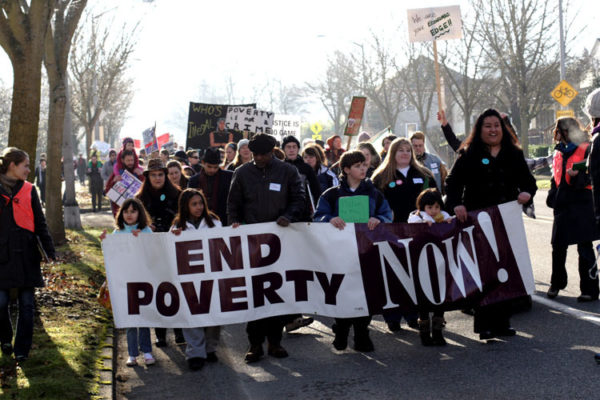Myth: The U.S. offers unparalleled opportunity to escape poverty.
America has far less social mobility than most comparable nations, including France, Germany, Denmark and Canada. Inequality in access to education, health care and home ownership has hardened class disparities. A 2006 study found that 42 percent of American men who grew up in the bottom quintile of incomes remained there as adults — a rate that’s much lower in other developed countries. According to a 2013 Hamilton Project report, “a child born to parents with income in the lowest quintile is more than 10 times more likely to end up in the lowest quintile than the highest as an adult.”
Myth: Education is the silver bullet for solving poverty.
A paper at the 2014 Federal Reserve Bank of Boston’s annual conference revealed that class is a far better predictor than education level of where someone ends up. In the study, rich people who dropped out of high school maintained their wealth as often as poor people who acquired college degrees remained frozen at the bottom of the income ladder. In fact, a college degree does not even guarantee a middle-class life: According to Mother Jones‘ analysis of census data, in 2012, more than 1 million people with bachelor’s degrees made less than $25,000 a year while working full time.




